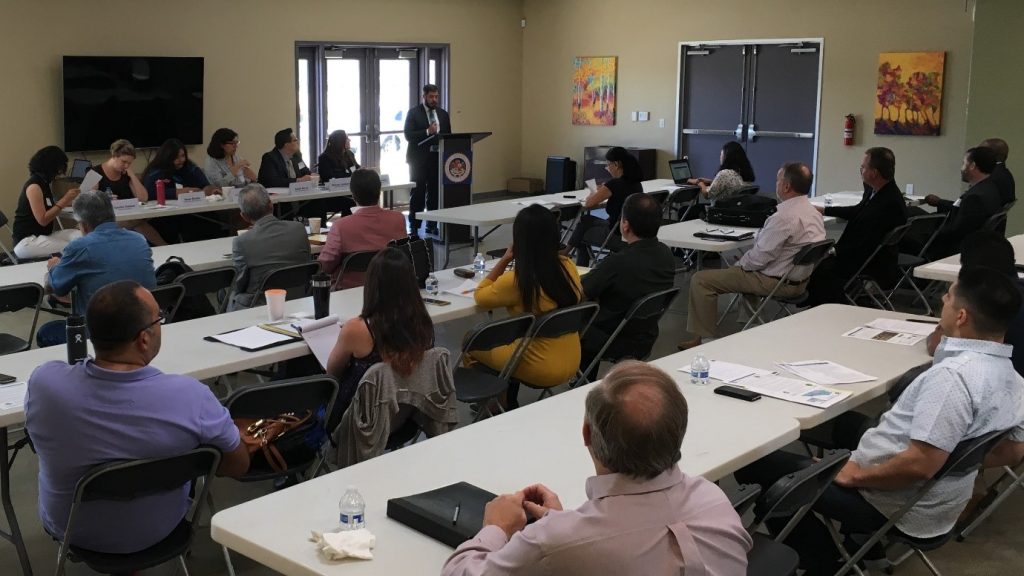Technical Assistance Toolkit Technical Assistance Profile: Low-Income Weatherization Program – Community Solar Pilot Program

Goals
The Community Solar Pilot Program, part of the Department of Community Services and Development’s (CSD) Low-Income Weatherization Program, helps reduce energy costs for households. Specifically, the program enables multiple households or buildings to participate in a larger scale shared solar installation located in their community. CSD recognized that developing and implementing a successful Community Solar pilot project required strong partnerships between a utility company, community-based organizations, local governments, and other potential partners, such as developers and financial institutions. To facilitate these partnerships, CSD developed a two-phase TA approach; Phase 1 supports potential applicants though partnership and capacity building, and Phase 2 to support awardees with TA on project implementation.
TA Providers
CSD partnered with the California Strategic Growth Council (SGC) through the California Climate Investments Technical Assistance Program to contract with the TA provider Estolano Advisors (EA).
TA Recipients
Solar project developers, local governments, community organizations, utility companies, affordable housing developers, school districts, tribes, and investors
Total Budget
$100,000
Program Activities
Phase 1 activities supported potential applicants though partnership and capacity building, with EA leading the planning, coordination, and strategic engagement for a series of outreach events across the state. Phase II directed all TA funds to the two awarded projects to support the development and implementation of systems to meet new workforce reporting requirements including data on jobs, wages, and credentials provided through training programs.
Outcomes
In Phase I, the TA provider assisted CSD in hosting a total of ten events in Fresno, Los Angeles, Sacramento, and via webinar. EA’s regional contact lists included over 600 contacts and the outreach events engaged nearly 300 participants, many of whom attended multiple events.
In Phase II, TA providers supported the successful implementation of two transformative solar projects. One of the funded projects – a community solar system on Santa Rosa Tribal lands in Riverside County – is expected to produce more than 42,000,000 kilowatt hours (kWh) of energy over the next 30 years and provide up to $5.4 million in savings to participants over the life of the project. The other community solar system at the Port of Richmond will demonstrate how solar can play a key role in decarbonizing California’s ports. The project will benefit 155 low-income households in designated disadvantaged communities in Richmond.
Lessons Learned
Few low-income communities in California have had access to community solar models, so potential applicants found it challenging to conceptualize eligible projects, making TA support and partnership development critically important. To facilitate partnerships, the TA outreach targeted new stakeholders who were likely to have existing land and potential capital capacity for a community solar pilot, such as non-profit and for-profit developers, school districts, community colleges, and charter school networks. While many expressed interest, further one-on-one engagement to facilitate connections to potential project partners and solar developers could have led to a greater number of competitive applications.